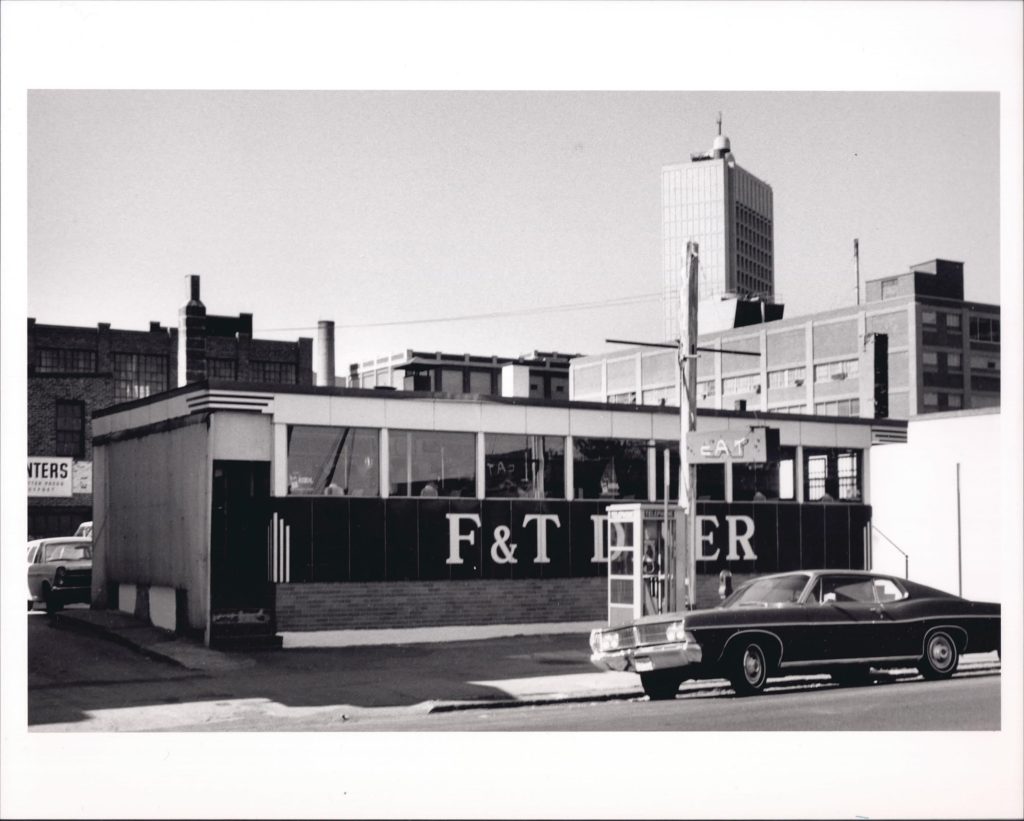What’s Driving This Bus?
Yoel Fink, Robert P. Redwine, Warren SeeringIn light of perceived and in some cases explicit threats to universities, we are being challenged, by Derek Bok[1] and others, to explain the ways that we operate. Before we try to explain these processes to others, we should understand them ourselves.
Some of our ways of operating, such as the undergraduate admissions process, have been made explicit though they may not be widely understood[2]. Others have emerged as a consequence of myriad decisions over time. When the Institute changes gradually, the consequent procedures can be harder to understand. It’s these emergent processes that we focus on here. One way to look at them is to observe changes across time. Since we joined the faculty, numerous dimensions of gradual change have significantly altered the character of the Institute. We raise several such dimensions here.
In 1980, the ratio of undergraduate students to graduate students was about 1:1 (4517/4536)[3]. Currently, the ratio is about 1:1.6 (4535/7351). This does not include the almost 2400 students from other universities who are enrolled at MIT this semester[4]. By what process has this gradual change happened? Why have we made this commitment to educating more graduate students rather than more undergraduate students? Why are our undergraduate classes limited to about 8% international students while no such constraints are placed on graduate admissions? What is the process for deciding on the size and makeup of the student body?
The number of postdoctoral students at MIT has also grown since 1980, by a factor of 4, while the number of tenure track faculty has grown by less than 15%[5]. At the same time, faculty hours spent teaching have gone down – in 1980 the teaching load for most faculty was three courses per year – while the number of teaching instructors has risen along with the growth of the student body. These changes could be seen as coincidental or as a coherent set being executed to alter the way that MIT operates. Is this a plan? If so, whose? If not, why is it happening? (See MIT Numbers.)
In 1980, most recruiting on campus was done by large and medium-sized corporations. Entrepreneurship was not a big part of the conversation. Now it is a dominant part, yet many of our graduates go to work for those corporations. How are our priorities set in this regard? Is there a right balance?
The grading heuristic that was in play in the 1980s: 25% A, 40%B, 25%C, 10% D/F; would be unfamiliar to many faculty today. When these guidelines were in place, all courses in the major were taken for a grade. Back then, savvy students chose sections to avoid being in with “the smart kids.” Since then, and now with P/NR, ABC/NR, Flexible P/NR, and PDF, MIT GPAs have trended higher. Is this trend the result of a plan? What do we want to achieve by assigning grades? Does the current grading process enable the desired result? Along the same lines, why, other than to penalize failure, do we give an A a score of 5 rather than the universally recognized 4? Given that a large majority of our students now graduate with a GPA above 4, might it be time to revisit this?
In 1980, there was very little commercial activity (or any evening activity at all for that matter) near the Kendall T Stop. Where the Biology building now stands was a manufacturing plant that made car parts.

The F&T Diner at 310 Main Street was the only place to get a hot meal. Nowhere in Cambridge was there anything resembling a downtown area. Now there is. MIT has been active in developing office, lab, and commercial space in Kendall Square, and there is more to come. Today, a visitor to Cambridge, getting out of a cab at the Marriott, could be forgiven for not recognizing that they are surrounded by sections of the MIT campus. In what ways have these real estate changes benefitted our academic missions? How will they?

A good way to get insight into the effects of change is to follow the money. In 1980, MIT’s endowment value was well below $1 billion[6]. At that time, investment revenues, particularly from the endowment, contributed less than 10% to total Institute revenues. Today, the value of the endowment is somewhere north of $25 billion, and investment revenues now provide 1/3 of total Institute revenues, substantially more than the tuition stream. The ways that we operate now depend strongly on our receiving funds from the endowment. Given this dependence, who prioritizes our fundraising activities? How are these priorities set? What consequences are these decisions having? What role should we faculty play in this?
We’ve mentioned here just a few of the ongoing gradual changes that are shaping the Institute and the ways that we operate. There are numerous others, like the growth in head count of administrators, and particularly student services staff, when compared with growth in the number of faculty. We welcome your additions to the list.
Commensurate changes await those who join the faculty today. Where are we headed? How is this decided? How will future changes affect the ways that we operate? At least as important for us as faculty are the questions, “What has been our role in driving these changes?” and “What should our role be going forward?”
We’d like to hear from you.
[1] Attacking the Elites: What Critics Get Wrong–and Right–About America’s Leading Universities, Yale University Press, February 2024.
https://www.harvardmagazine.com/2024/03/americans-hate-harvard-derek-bok
[2] We know for example that there are no legacy admissions to MIT and that a student’s financial need is not considered until after the admission decision has been made. Those who are interested in learning more about recent developments in MIT undergraduate admissions and financial aid may want to look at the following links which have been provided by Stu Schmill, our Dean of Admissions and Student Financial Services.
http://mitadmissions.org/blogs/entry/mit-after-sffa
http://news.mit.edu/2024/mit-tuition-undergraduates-family-income-1120
[3] https://ir.mit.edu/projects/population-dashboard/
[4] https://registrar.mit.edu/statistics-reports/enrollment-statistics-year
[5] https://ir.mit.edu/projects/population-dashboard/
[6] https://alum.mit.edu/sites/default/files/2024-04/brochure-endowment-2023_202403.pdf


